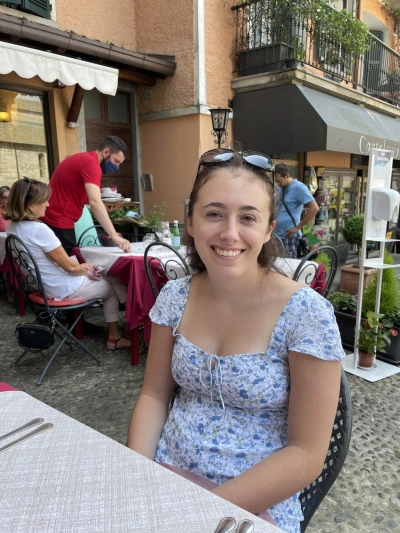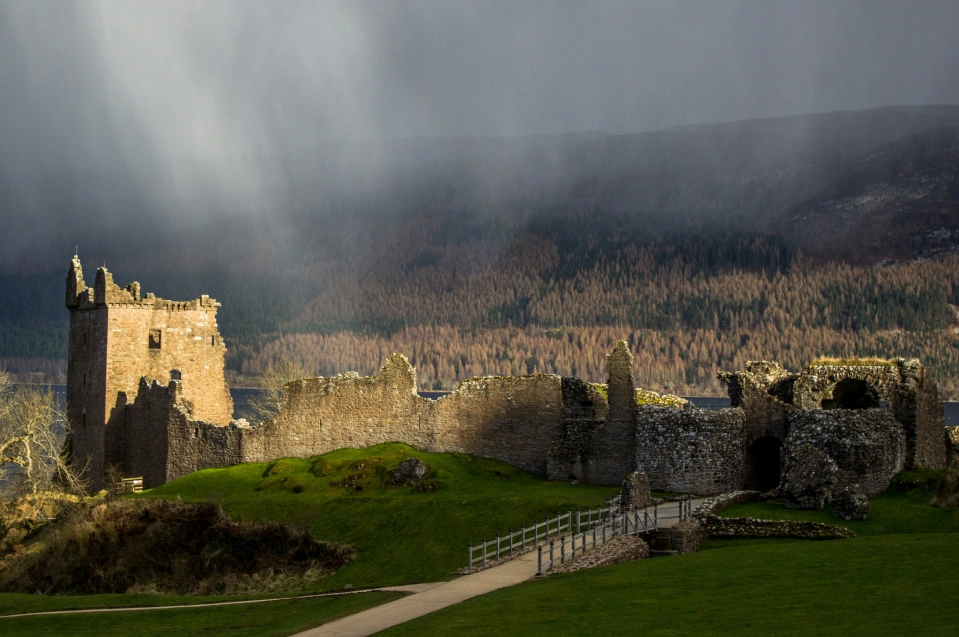The Peace Garden
Horsell Common
It was built on common land, purchased from the Earl of Onslow, to receive the bodies of soldiers who died at nearby temporary army hospitals. 19 Muslim Indian soldiers connected with WW1 were buried there and a further 8 connected with WW2. Unfortunately, in 1969, the headstones were vandalised. As a result a decision was made for the soldiers to be reburied at Brookwood Military Cemetery.
In 2011, restoration work occurred. The interior space needed a purpose, and it was decided that a memorial garden with the names of those originally buried on the land would be installed.
The Peace Garden was opened on 12 November 2015 by His Royal Highness the Earl of Wessex, now Duke of Edinburgh.
HCPS hopes people will find time away from their busy lives to visit the Peace Garden. Experience its atmosphere of tranquillity, and perhaps reflect on the sacrifices made not only by those fighting in the British Army in the two world wars, but also by the many nations and religions that fought beside them, including the Muslim soldiers of the army of Undivided India, some of whom were originally buried here.
To learn more about the history of the Peace Garden, visit the Horsell Common Preservation Society page.
The image used in this article is courtesy of HCPS.

Amelia Finn
It was built on common land, purchased from the Earl of Onslow, to receive the bodies of soldiers who died at nearby temporary army hospitals. 19 Muslim Indian soldiers connected with WW1 were buried there and a further 8 connected with WW2. Unfortunately, in 1969, the headstones were vandalised. As a result a decision was made for the soldiers to be reburied at Brookwood Military Cemetery.
In 2011, restoration work occurred. The interior space needed a purpose, and it was decided that a memorial garden with the names of those originally buried on the land would be installed.
The Peace Garden was opened on 12 November 2015 by His Royal Highness the Earl of Wessex, now Duke of Edinburgh.
HCPS hopes people will find time away from their busy lives to visit the Peace Garden. Experience its atmosphere of tranquillity, and perhaps reflect on the sacrifices made not only by those fighting in the British Army in the two world wars, but also by the many nations and religions that fought beside them, including the Muslim soldiers of the army of Undivided India, some of whom were originally buried here.
To learn more about the history of the Peace Garden, visit the Horsell Common Preservation Society page.
The image used in this article is courtesy of HCPS.
You might like...

Inala Jurassic Garden's Noah's Ark project

Kew Gardens and Inala team up for ancient Gondwanic species

Growing up wild and healthy

From Loch Ness to South Bruny Island
Newsletter
Sign up to keep in touch with articles, updates, events or news from Kuno, your platform for nature
